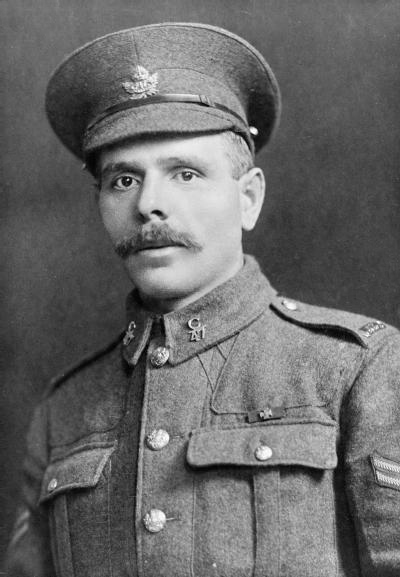Lithuania is a small country on the southeastern coast of the Baltic Sea. The first recorded Lithuanian immigrants to Canada were soldiers serving in the British army in the early 19th century. The 2016 census reported 59, 285 people of Lithuanian origin in Canada (11, 185 single and 48, 100 multiple responses).
Migration and Settlement
At the end of the 19th century and the beginning of the 20th, many Lithuanians, fleeing Tsarist police or to improve their livelihoods, immigrated to Canada and settled in Nova Scotia, Ontario and western Canada. The 1921 census recorded 1970 people of Lithuanian origin in Canada; another 5000 emigrated in the 1920s and 1930s. Most of these early Lithuanian immigrants found work on farms and the railways and in coal mines and factories in Toronto and Montreal.
Lithuania was annexed by the Union of Soviet Socialist Republics (USSR) in 1940. The largest number of Lithuanian immigrants arrived after the Second World War (WWII), when thousands, fleeing Soviet occupation, fled westward and found themselves in displaced persons' camps. Calling themselves Dievo Paukstai ("God's birds"), almost 20 000 of these Lithuanian refugees, many of whom were well-educated professionals, craftsmen and artists, made their way to Canada. Baltic people or Balts, mostly Estonians, Latvians and Lithuanians, were among the first displaced persons selected by Canadian immigration during WWII.
On 11 March 1990, Lithuania declared independence from the former Soviet Union. It was the first Soviet republic to do so. However, Soviet officials did not recognize this proclamation until September of 1991. The 1990-91 immigration of Lithuanians to Canada reflected the pro-independence struggle in their home country. The last Russian troops withdrew from Lithuania in 1993. In 2004, Lithuania joined NATO and the European Union.
The 2016 census reported 59, 285 people of Lithuanian origin in Canada. The vast majority of Lithuanian Canadians reside in Ontario (35, 100 people), but significant numbers are settled in British Columbia (7225), Quebec (6625) and Alberta (6090).
Social and Cultural Life
Lithuanians have integrated into Canadian society while maintaining a strong sense of their former identity through a variety of clubs and singing and dancing groups. They have preserved many folk-song traditions such as sutartine and still use musical instruments such as skudicani and kankles (see Lithuanian Music in Canada). Several mutual aid societies and community organizations were founded in the 1900s. In 2008 the Lithuanian Canadian Community (LCC), established in 1952, had 17 chapters across Canada; its National Council in Toronto maintains links with the Lithuanian World Federation. The community also offers classes in Lithuanian language, history, religion and folklore.
The Lithuanian language belongs to the Baltic group of languages. The 2016 census reported 7410 people who declared Lithuanian as their mother tongue language (first language learned) in Canada (see also Immigrant Languages in Canada).
Lithuanians are predominantly Roman Catholic. There are Lithuanian churches throughout Canada as well as numerous church groups and organizations.

 Share on Facebook
Share on Facebook Share on X
Share on X Share by Email
Share by Email Share on Google Classroom
Share on Google Classroom


